Last summer, most of the fields surrounding Joel VanderSchaaf's Prairie farm were baked and brown, withered by one of the most severe droughts in recent memory. One stood out among the rest: A plot the Saskatchewan potato farmer had planted on a whim three years earlier with an experimental grain called Kernza, similar to the wheat used to make bread and beer.
"Our crop was pretty much the only green field around that wasn't irrigated," he recalled. "It (Kernza) is very efficient, very hardy … we were quite pleased with how it was growing."
Kernza is a perennial, which means, like a lawn, it regrows and produces grain every year without having to be replanted. Its extensive root system allows it to draw water and nutrients from deep beneath the ground. Its roots sequester carbon in the soil and boost soil health, making it a regenerative agriculture dream crop. Those environmental benefits are what first drew VanderSchaaf to the unusual crop.
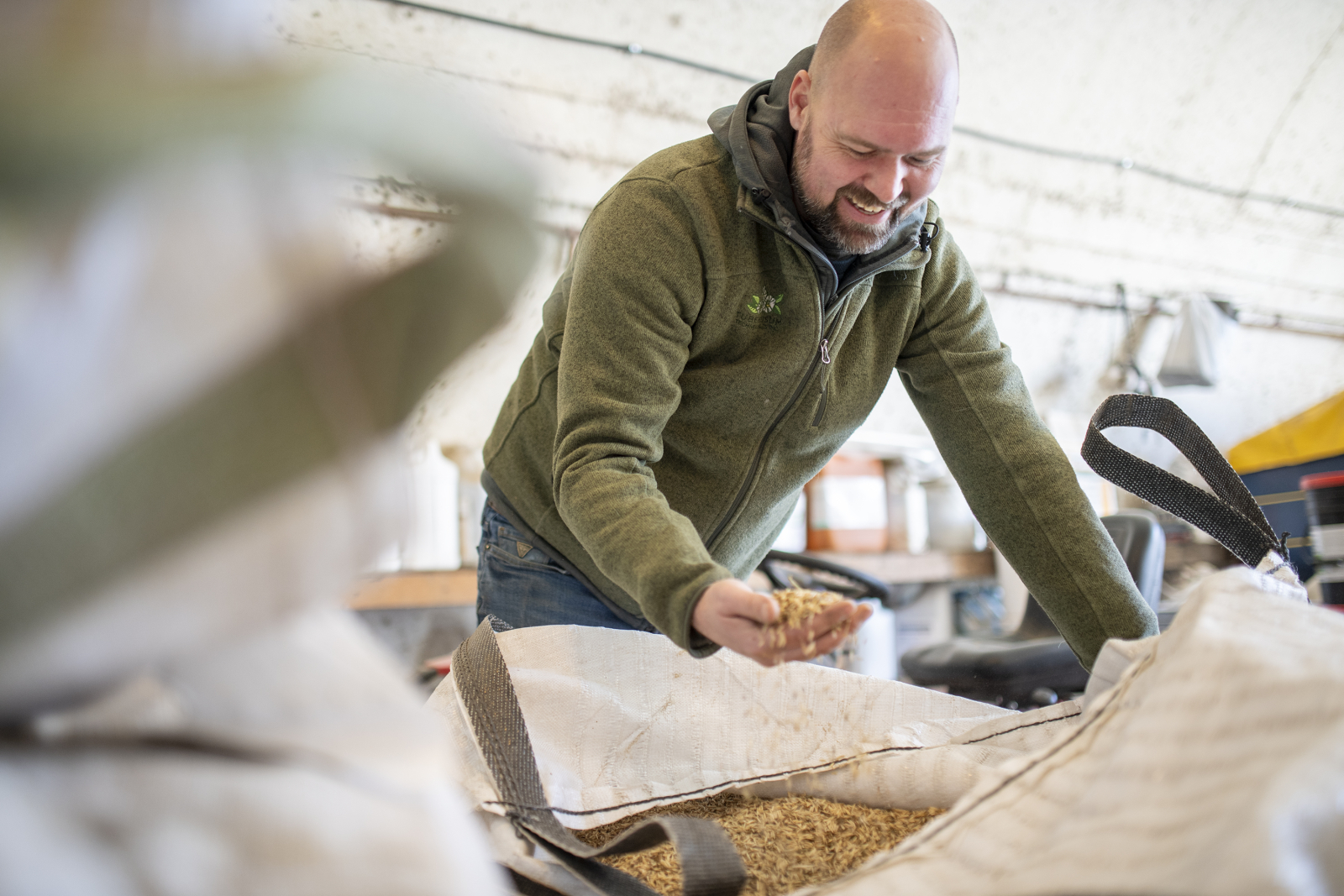
Healthy soils are the world's largest land-based carbon sink, according to UN estimates. With nearly half the planet's land mass under cultivation, experts say it is critical we manage farms, orchards and pastures in ways that regenerate the soil. Most large-scale farms rely on fertilizers, pesticides and excessive tilling of farmland, which eats away at soil health, drives up greenhouse gas emissions and harms the environment.
Growing alarm at these impacts is driving interest in so-called "regenerative" agriculture, a suite of practices aimed at improving soil health that includes cover cropping and avoiding tillage. Long used by Indigenous, peasant and organic farmers, since 2010, the approach has surged into the modern mainstream as farmers, governments and big agri-businesses try to reduce their environmental impact.
Could commercially viable and tasty perennial crops like Kernza be regenerative agriculture's holy grail?

Tim Crews is the chief scientist at the Land Institute, the Kansas-based research centre that created Kernza. The organization is devoted to breeding perennial crops like wheat, rice, legumes and oilseeds without using genetic engineering. It is also developing farming techniques that mimic natural grasslands in an attempt to regenerate Prairie farmland.
Crews is an energetic man in his 50s, with a trim button-up and a teacher's skill at translating complicated science into a layperson's words. An agroecologist by training, he spent decades teaching sustainable and regenerative agriculture at universities across the American West before joining the Land Institute full-time in 2012.
"Almost all natural ecosystems are dominated by perennial plants — we're talking savannas, rainforests, deciduous forests, grasslands, deserts. It's a really slight (ecological) niche where annuals dominate in natural ecosystems," he explained. "(But) we've developed a food-producing ecosystem where we've blown that niche out of proportion and held it there to grow our food."
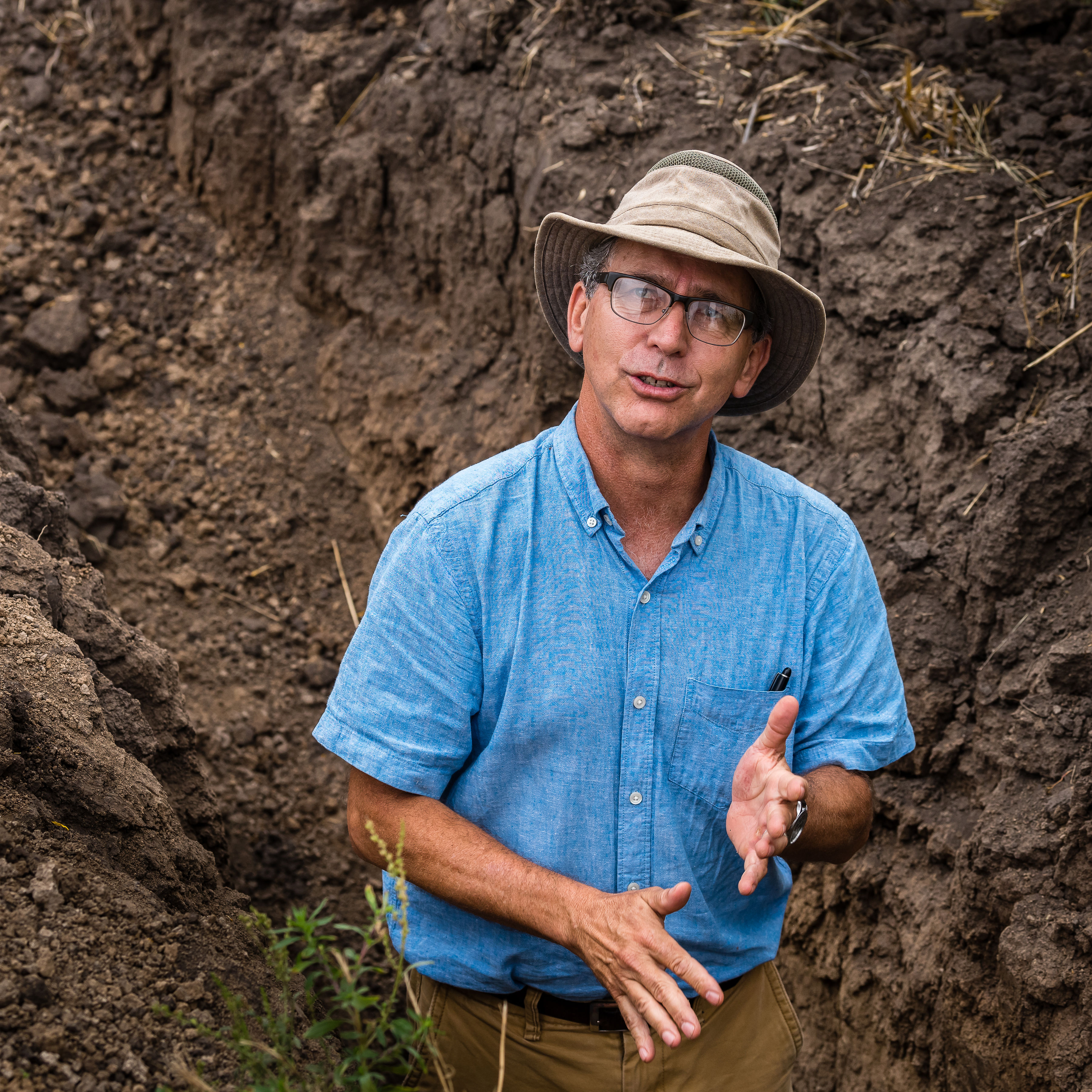
Humans have largely relied on annuals, or plants that need to be replanted each year, for food since the dawn of agriculture about 10,000 years ago. They're easy to carry around from place to place, and many experts agree they put more energy into their seeds — our food — because they depend on them to reproduce. Most staple foods we eat today, from wheat and rice to corn and soybeans, are annual plants.
But our passion for annuals comes at a cost. Despite producing higher yields and being more flexible, annuals are often less resilient to extreme weather than perennials and are not as good at soil regeneration. They also retain less carbon than their perennial counterparts. It's one of the reasons deforestation and the conversion of grasslands to farm fields are so bad for the climate.
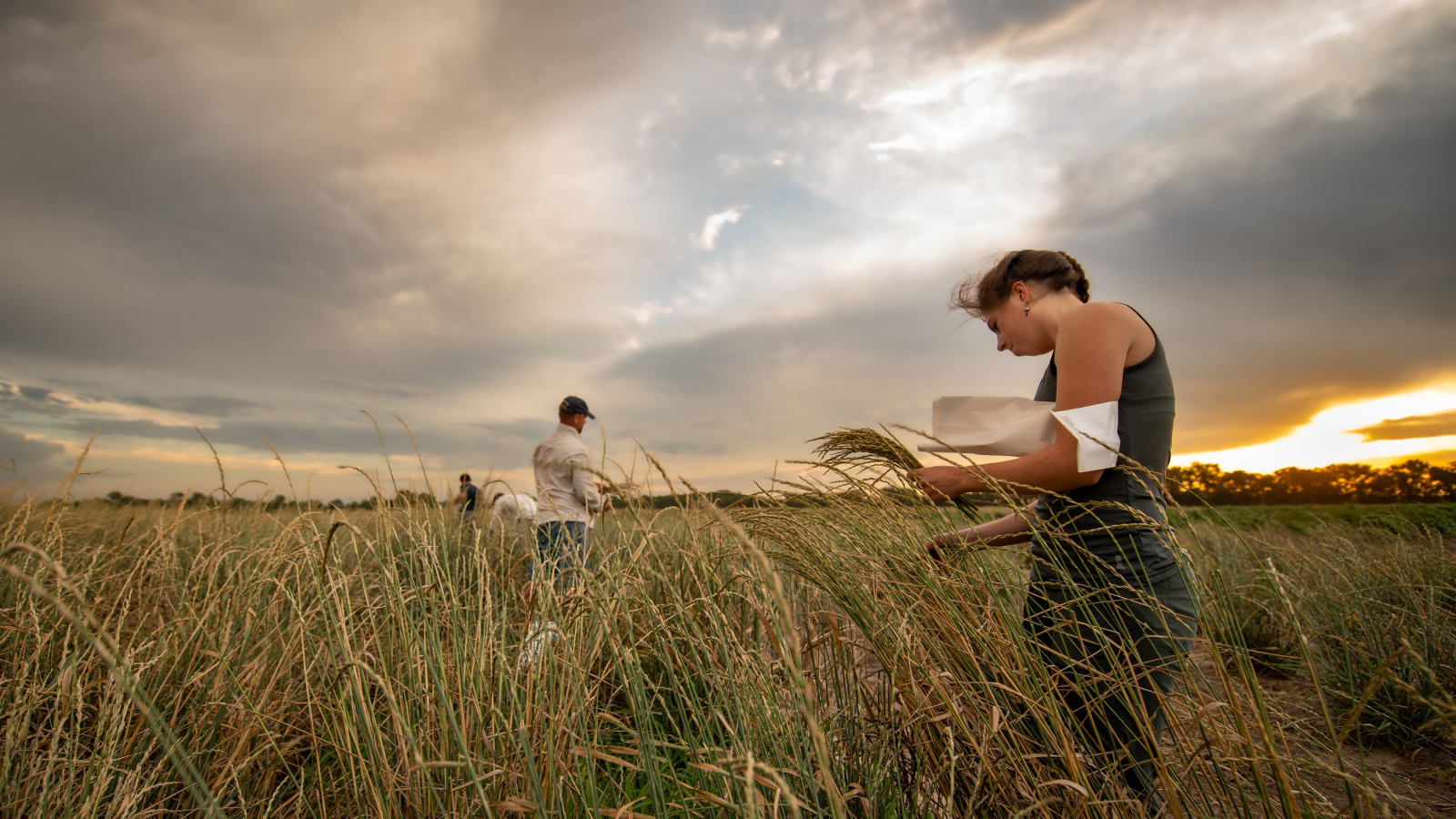
The difference lies in the extensive root systems that perennials build over years and years. Where annual roots only penetrate the soil surface, perennials reach deep into the earth, holding the soil in place and increasing the amount of carbon held by the plant. Even common regenerative farming practices that use annuals, like cover cropping or reducing tillage, aren't as effective, because they don't let plants build extensive root systems.
That is why in the late 1970s, an American plant scientist named Wes Jackson trying to reduce soil erosion on U.S. farms had an idea while visiting a Prairie ecology research station in Kansas: Why not create perennial farms?
"He just had this epiphany, really," explained Crews. Jackson co-founded the Land Institute and is the research centre's president emeritus. "Why didn't we do agriculture more like this in the first place?"
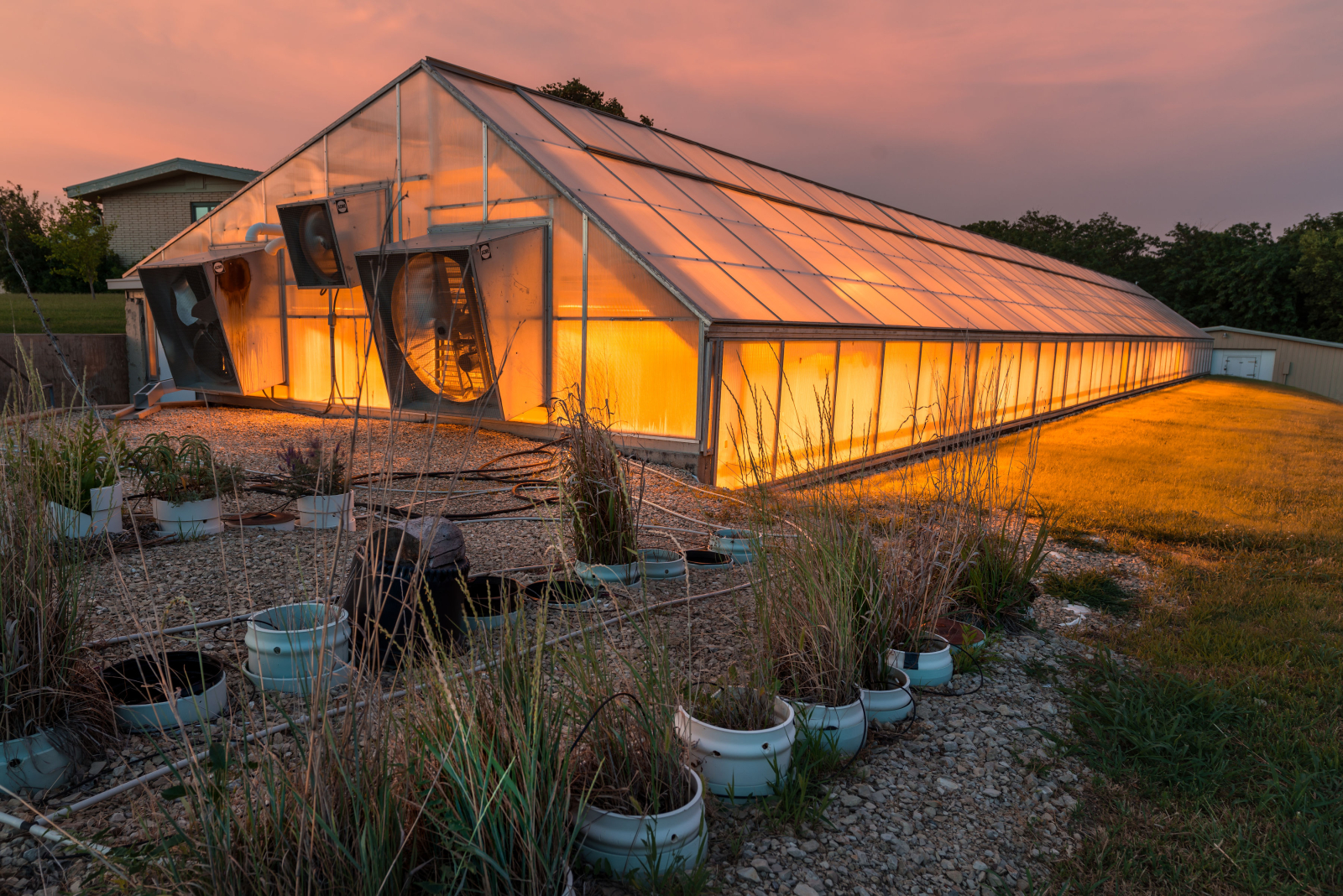
The idea received mixed reviews, with critics doubting perennial plants could ever produce enough to feed the planet. Jackson was pushing people to reconsider key tenets of agriculture over the past 10,000 years. It was a lot to ask, especially because the centre's plant development techniques — domestication and perennialization — are patience-testing, decades-long endeavours.
To make Kernza, for example, the team scoured the planet for wild, perennial cousins of wheat that had valuable traits. They selected a wild perennial intermediate wheatgrass, grew it in their research fields and chose the plants with the largest seeds. Then they planted those seeds and repeated the process until, eventually, Kernza was created, a process called domestication.
Perennialization is a related method where plant breeders breed an existing food crop with its wild perennial cousins. When the cross is successful, the new variety keeps the seed yields of the existing food crop but adopts the perennial lifestyle of its wild relatives.

Nearly five decades after it was founded in 1976, the Land Institute is confident its efforts, bolstered by success stories like Kernza, demonstrate the "scientific feasibility" of perennial crops. Over the next 40 years, the team plans on crafting new farming methods that recreate the Prairie grasslands natural ecological stability while producing yields similar to conventional crops.
Under Crews' leadership, the organization is also helping researchers in other countries develop perennial crops suited to their local needs. After years in the shadows, perennial agriculture is starting to catch people's eye.

Growing Kernza was an unusual choice for VanderSchaaf, the Saskatchewan farmer. Potatoes are his bread and butter, and his family founded Canada's largest specialty potato company. A celiac, he can't even eat the grain, which contains gluten. His decision four years ago to plant Kernza was made to help the environment — and to satisfy his curiosity.
"I've always been interested in sustainable agriculture," he explained. "I'd been following some of the research, saw when (Kernza) came out and was anxious to try it."
He set his sights on a plot of roughly 60 acres of organically certified land, its soils worn thin after years of abuse, and nooks and crannies of lower-quality land between his potato fields that could be put to better use. He figured Kernza would be perfect to regenerate the soil.

"I was looking for a crop that would be more regenerative, that could build organic matter and that I could leave alone with no tillage and it would grow year on year. It was the perfect solution for that."
That first season, the grain was nearly invisible, hidden amidst a sea of weeds. But by the second year, the Kernza plants were gaining the upper hand, producing enough seed that VanderSchaaf could harvest a "small crop." Then last year, the field's third season, the harvest was big enough that he sent samples to a handful of distilleries and boutique grain shops — despite the province's searing drought.
Other farmers are noticing his success; about a dozen local growers have reached out to learn more about the perennial crop and to purchase seed. He's also given seed to a local agricultural irrigation research centre. With farmers and governments racing to reduce the environmental impacts of food, the interest is no surprise.
In February, for instance, the federal government announced nearly $183 million to help farmers use regenerative practices like cover crops, though not perennial grains. While perennial crops like Kernza remain too experimental for most farmers to adopt, VanderSchaaf and Crews, the Land Institute scientist, agreed they have the potential to revolutionize food sustainability.
"There's far more people interested in the possibility (of perennial crops) than ever before," Crews said. "Extreme pressure is forcing people to think outside their previous constraints — and that's a good thing!"
As the article points out,
As the article points out, developing perennial grains requires patience. We had a presentation from the Land Institute when I was a graduate student at the University of Georgia Institute of Ecology in the 1970s. It would be great to see federal support for replicated trials.
Great article.
Great article.
There's nothing like an unirrigated field with a green, healthy wheat crop thriving during a major drought to attract the interest of farmers.



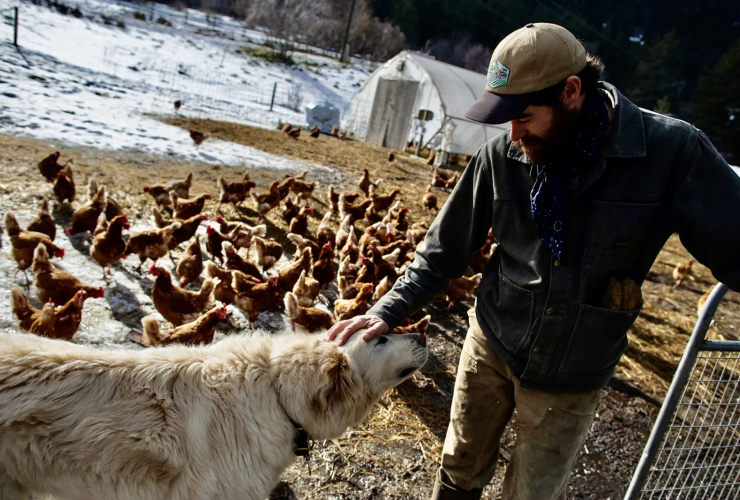

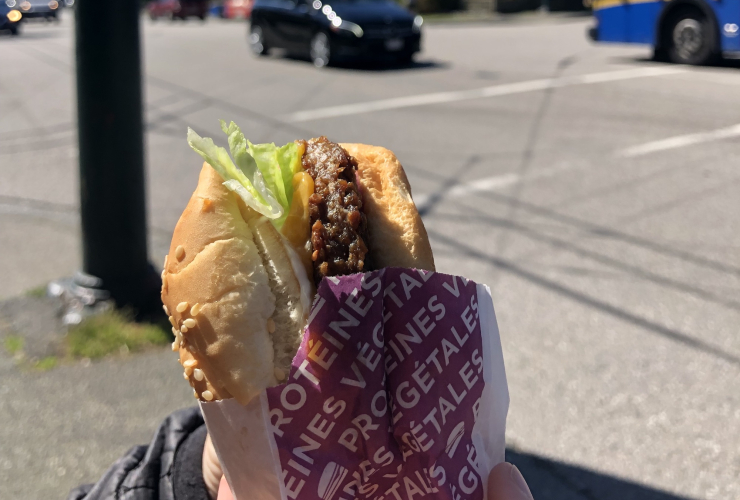
Comments